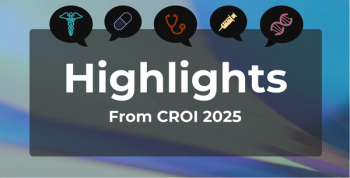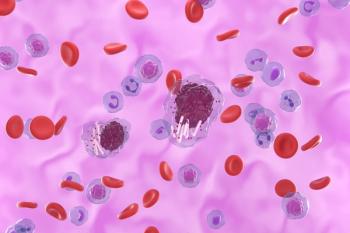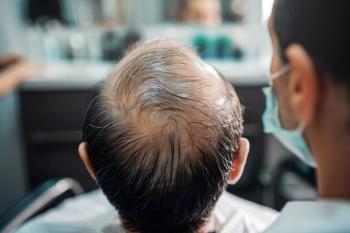
AI Model Can Help Classify Atopic Dermatitis Lesion Severity
Key Takeaways
- AI algorithms can objectively assess AD severity, bridging the gap between patient-reported outcomes and objective measures.
- The AI model showed high accuracy in detecting body parts and eczema areas, with strong correlation to physician assessments.
A new analysis suggests artificial intelligence algorithms are able to accurately assess lesion severity in patients with atopic dermatitis.
Artificial intelligence (AI) may be a valuable tool for objectively measuring
The chronic nature of AD necessitates long-term management and monitoring of the disease. As smartphone technology has evolved, they said phones and social media have
“However, discrepancies between patient-reported outcomes and objective disease severity measures highlight the need for standardized evaluation methods and the potential role of digital biomarkers,” they wrote.
The new report documents the investigators’ attempt to use AI to help fill the gap between patient reports and objective measures of severity. The team created a set of 3 algorithms to analyze user-generated photos. The first algorithm was trained to detect body parts, since user-generated photos usually do not show the patient’s entire body. The second algorithm was built to detect lesions in photographs. The final algorithm was designed to assess the severity of the lesions using the Three Item Severity (TIS) scoring system, which assesses severity on a scale of 0 to 9.
To validate their findings, the investigators used the SCORing Atopic Dermatitis (SCORAD) assessment, which incorporates both objective measures like intensity parameters and subjective measures like pruritus. Users of the AI algorithm were instructed to assess their itch intensity using the Itch-NRS-5 (numeric rating scale) scoring system when they uploaded each photo.
Using a database of images uploaded between August 2018 and January 2024, the investigators identified 9656 images from 900 participants that had itch scores and were clear enough to be analyzed by the model. The AI model had a 98% accuracy rate at detecting body parts and was 100% accurate in detecting eczema areas.
In the case of 220 images, patients who submitted photos also had their lesions assessed by an allergist or dermatologist. The TIS scores generated by the AI algorithm correlated well with the scores determined by physicians (R = 0.73; P < .001).
However, the model’s severity scores showed a weak correlation with patient-reported Itch-NRS-5 scores (R = 0.11; P < .001) in an analysis of 8556 images. The investigators said this suggests that disease severity and pruritus do not always correspond. Indeed, a 2021
The apparent divergence between subjective and objective measures of disease severity underscored the need for more precise assessment methods, the authors explained, adding that AI could offer a solution.1
“The AI model developed in this study has the potential to help patients with AD objectively assess their skin condition, facilitating timely and appropriate treatment,” they wrote. However, they added that their models would need to be validated using a more diverse data set, including people with different skin types.
References
1. Okata-Karigane U, Hirota M, Takahashi C, et al. AI-based objective severity assessment of atopic dermatitis using patient photos in a real-world setting: a digital biomarker approach. Allergy. Published online May 19, 2025. doi:10.1111/all.16586
2. Sy W, Bhayana M, Lamb AJ. Atopic dermatitis disease education. Adv Exp Med Biol. 2024;1447:209-215. doi:10.1007/978-3-031-54513-9_17
3. Chovatiya R, Lei D, Ahmed A, Chavda R, Gabriel S, Silverberg JI. Clinical phenotyping of atopic dermatitis using combined itch and lesional severity: A prospective observational study. Ann Allergy Asthma Immunol. 2021;127(1):83-90.e2. doi:10.1016/j.anai.2021.03.019
Newsletter
Stay ahead of policy, cost, and value—subscribe to AJMC for expert insights at the intersection of clinical care and health economics.









































